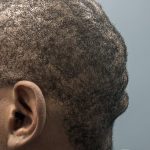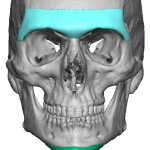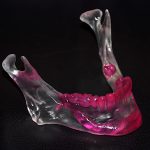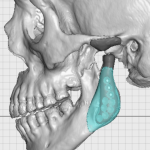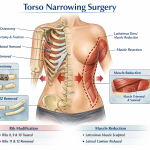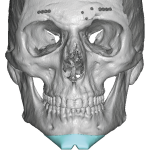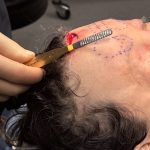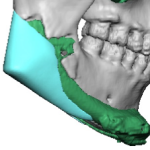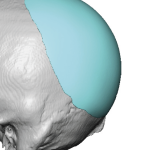Custom Pectoral Implant Design and Replacement – Case Study and Revision Considerations
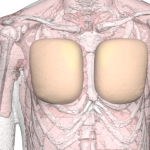
Introduction Custom pectoral implants are patient-specific chest implants designed to enhance or restore the size, shape, and symmetry of the pectoral region. They are most commonly used in men seeking a more defined, athletic chest or correction of congenital or acquired asymmetry. Benefits of Custom Implant Design for Pectoral Augmentation CT-based design and preoperative controlThree-dimensional Read More…



